Yew Tree / Spring / Summer / Autumn / Edible / Toxic
Yew Tree (Taxus Baccata) Identification
An evergreen tree up to 20 meters tall but quite often used as hedging. Virtually all parts of the Yew Tree are potentially deadly poisonous.
Common Names
English Yew, Common Yew.
Botanical Name
Taxus Baccata
Scientific Classification
Kingdom – Plantae
Order – Pinales
Family – Taxaceae
Physical Characteristics for the Yew Tree
Leaves
Small, flat, green needles growing opposite each other. They lack the pair of silver lines on the back of the leaf which is present on other short needled conifers.
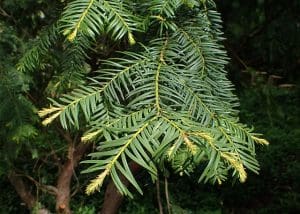
Flowers
Male and female flowers grow on different trees.
The male flowers and not ‘true’ flowers but clusters of stamen. They turn yellow with age before releasing their pollen.
The female flowers are covered in scale like structures, when pollenated these develop into the fruits.
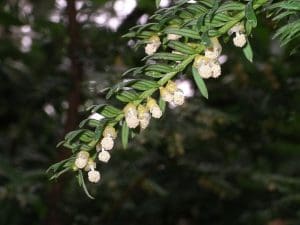
Fruit
The berries only appear on female trees, they start off green ripening to a bright red colour and are almost cup shaped with a dark brown seed visible inside. The seeds itself is toxic.
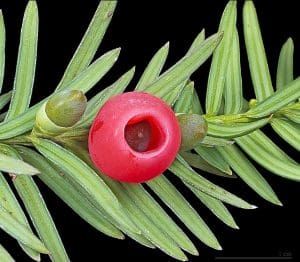
Bark
Red/brown quite often flaking.
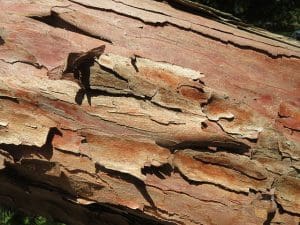
Habitat
Yew does grow in the wild but it is more often found as a planted species typically in church yards, parks, graveyards.
Known Hazards
The seeds, leaves, stems and bark of the tree contain many known toxins including various alkaloids, an irritating volatile oil and a glycoside that breaks down to form cyanide. Symptoms of poisoning include vomiting, abdominal pain, coma and in extreme cases death by respiratory and heart failure.
Harvesting
Avoid any food that grows in the shadow of Yew. As the needles fall to the ground and decompose they potentially contaminate the ground.
Could be Confused with…
Douglas fir but this has longer, thinner leaves which are very aromatic and Douglas fir produces cones not berries. Yew is the only conifer that produces true berries.
In theory, it could be confused with any of the conifer species if attention to detail is taken, because of this we’ve made up a little blog to highlight the different conifers.
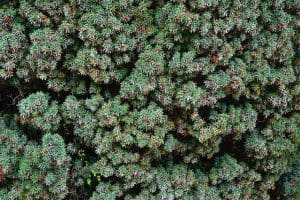
Edible Uses
Only the red flesh that surrounds the seed is edible.
All other parts of Yew are potential deadly.
The flesh is sweet and sticky and makes a great flavouring for ice cream.
Notes on Herbal Uses
The taxines contained in the tree are used in chemotherapy for a wide range of cancers, these are still commercially collected at present.
Extra notes from the Foragers
Yew is one of the oldest living plants in the world with some reported to be over 9000 years old.
The Fortingall Yew in Perthshire, Scotland, is estimated to be anywhere from 2,000 to 7,000 years old.
Traditionally the wood has been one of the major components for making long bows.



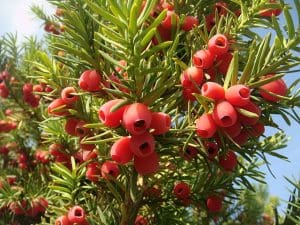
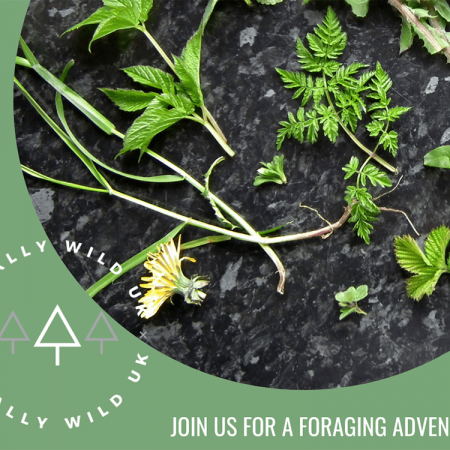
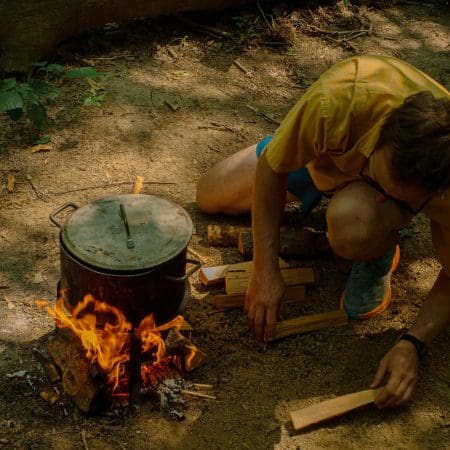

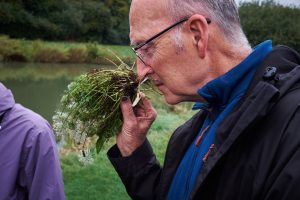
Leave a Reply
You must be logged in to post a comment.